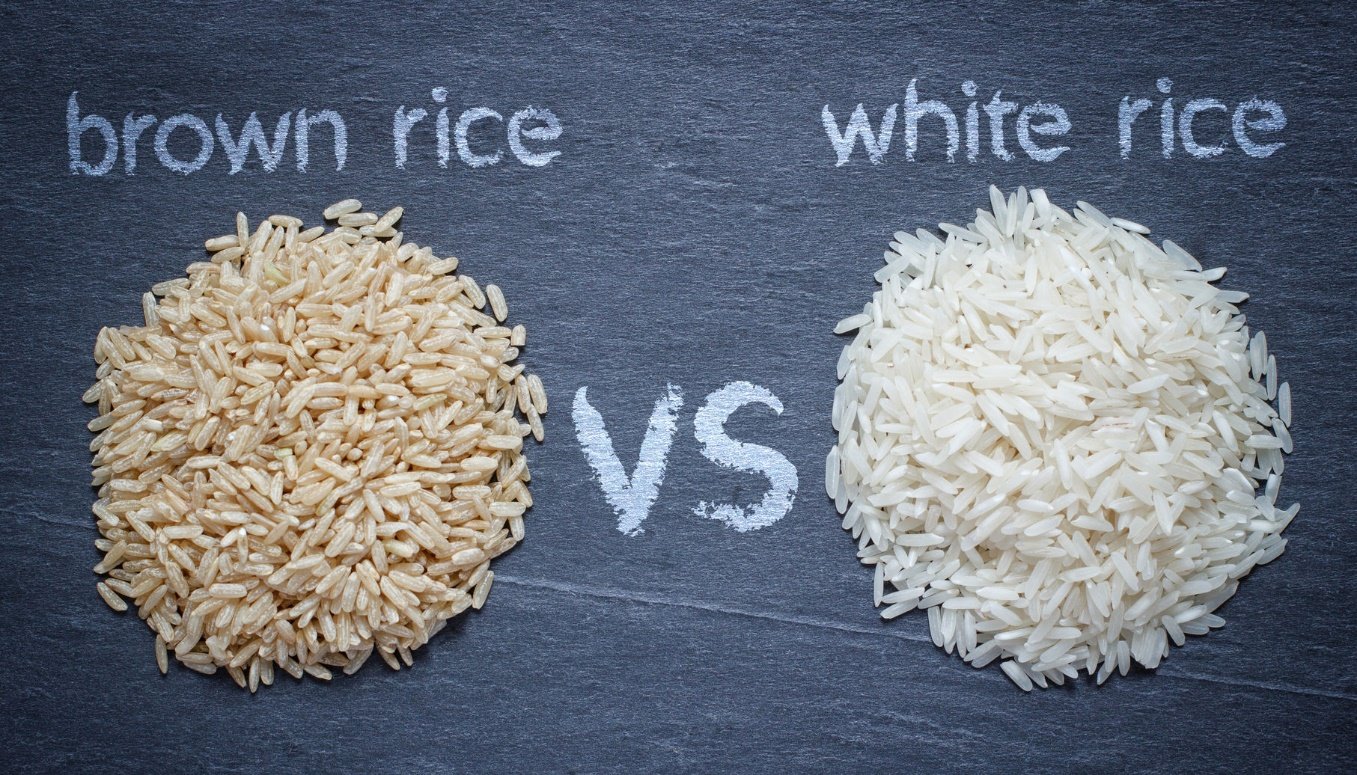Our Speciality
Brown Rice
Why Brown Rice?

For most of us Indians, rice forms an important part of our meals. The reasons are obvious — rice is delicious, versatile and full of nutrients and filling too. Over the years, health-conscious foodies across the world have made brown rice a regular part of their diet because of its numerous health benefits. Brown rice is high in fibre and contains antioxidants, vitamins and minerals that help ward off diabetes, high cholesterol, high blood sugar and obesity. Brown rice promotes bone health, weight loss, fast metabolism and excellent digestion.
One of the most studied and healthiest varieties of rice is brown rice. It is unpolished and unrefined whole grain, which retains its germ layer, bran and side husk. Brown rice is produced by separating the rice kernel from the surrounding hull or husk. Brown rice has a nutty flavor and is chewier than white rice. The bran present in the brown rice is rich in nutrients, making the grain healthier than the polished and refined white rice, which lacks the bran. The processing of the white rice strips off vitamins, iron, zinc and other nutrients. Synthetic vitamins and other nutrients are added to the white rice to make it enriched. Unfortunately, the unnatural fortification doesn’t make it enriched and nutritional level per serving does not reach the minimum requirement specified by the FDA. On the other hand, brown rice is nutrient rich and helps reduce spikes in insulin and improves cardiovascular functioning.
Nutritional Values
In moderation, brown rice can be a very nutritious gluten-free carbohydrate and healthy rice choice overall. Brown rice nutrition doesn’t have too many calories per serving, but the nutrient content certainly is up there, whether we’re talking brown rice eaten on its own or brown rice protein powder. Rice nutrition is actually an important topic since about half of the world’s inhabitants (especially East and Southeast Asia) is completely reliant on rice as a staple food in their daily diets.
Brown rice nutrition, on the other hand, is loaded with vitamins and minerals as well as fiber and protein to balance the carbs in brown rice. Scientific studies have even shown that brown rice nutrition can reduce the risk of developing diabetes as well as heart problems. It’s also a safe choice for anyone following a gluten-free diet.

A cup (8 ounces) of cooked brown rice contains about: (11)
- 216 calories
- 44.8 grams carbohydrates
- 5 grams protein
- 216 calories
- 44.8 grams carbohydrates
- 5 grams protein
- 216 calories
- 44.8 grams carbohydrates
- 5 grams protein
- 216 calories
- 44.8 grams carbohydrates
- 5 grams protein
- 216 calories
- 44.8 grams carbohydrates
- 5 grams protein
- 216 calories
- 44.8 grams carbohydrates
- 5 grams protein
Rice Facts
Want to know more about rice?
Here are some amazing rice facts. Explore daily to get more information.
